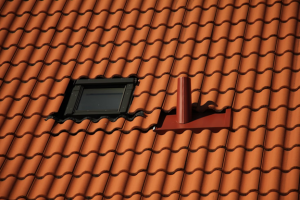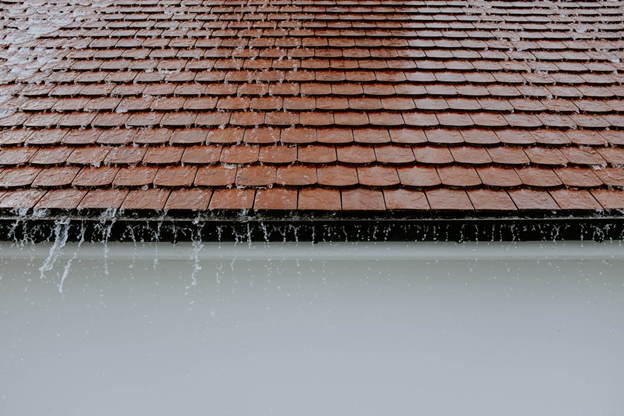Your roof is one of the most critical components of your home, protecting you and your belongings from the elements year-round. To ensure its longevity and effectiveness, regular maintenance is crucial. Neglecting your roof can lead to costly repairs or even premature replacement. Here are some comprehensive roofing maintenance checklists to keep your roof in optimal condition, saving you both time and money in the long run.
Inspection
Regular inspections are the cornerstone of roof maintenance. Schedule inspections at least twice a year, ideally in the spring and fall, to assess the condition of your roof. Identifying potential issues early on, roof inspections ensure that any signs of damage such as missing or damaged shingles, cracked caulking, or rust on metal roofs are promptly addressed. Look for signs of damage such as missing or damaged shingles, cracked caulking, or rust on metal roofs. Pay attention to areas prone to leaks such as around chimneys, vents, and skylights.
- Check for signs of wear and tear on flashing, the metal strips that seal roof transitions like chimneys and vents. Look for rust, cracks, or loose sections that could allow water to penetrate.
- Inspect the attic for signs of moisture or water damage, such as damp insulation or water stains on the underside of the roof decking. Proper attic ventilation can help prevent moisture buildup and prolong the life of your roof.
- Assess the condition of your roof’s drainage system, including gutters, downspouts, and scuppers. Ensure that they are free of debris and securely attached to your roof to prevent water from pooling or causing structural damage.
Clean Gutters and Downspouts
Clogged gutters and downspouts can cause water to back up and overflow, leading to water damage to your roof and home’s foundation. Clean gutters and downspouts regularly, removing leaves, twigs, and other debris. Ensure that they are securely attached to your roof and properly sloped to allow water to flow freely away from your home. Consider installing gutter guards to prevent debris buildup and minimize maintenance.
- Use a sturdy ladder and gloves to remove debris from gutters and downspouts, taking care to avoid damaging the gutter system. Consider using a gutter cleaning tool or a pressure washer attachment for thorough cleaning.
- After cleaning, flush gutters and downspouts with water to ensure proper drainage. Check for any leaks or obstructions and make repairs as needed. Installing gutter screens or mesh can help reduce debris buildup and minimize future maintenance.
- Inspect the area around your home’s foundation for signs of water pooling or erosion, which could indicate gutter or downspout issues. Properly functioning gutters and downspouts direct water away from your home, protecting its structural integrity.
Seal Leaks and Repair Damage
Even minor leaks can lead to significant water damage if left unchecked. Inspect your roof for signs of leaks, such as water stains on ceilings or walls, and address them promptly. Seal any cracks or gaps around chimneys, vents, and flashing with roofing cement or silicone caulk to prevent water infiltration. Replace damaged or missing shingles promptly to maintain the integrity of your roof.
- Use roofing cement or sealant to repair small cracks or gaps around flashing, vents, and skylights. Apply the sealant generously and smooth it out with a putty knife for a watertight seal.
- Replace damaged or missing shingles with matching replacements to maintain the aesthetic appeal and functionality of your roof. Use roofing nails to secure new shingles in place and ensure proper alignment with surrounding shingles.
- Consider hiring a professional roofing contractor for more extensive repairs or replacements, especially if you are uncomfortable working at heights or lack experience with roofing repairs. A qualified contractor can assess the condition of your roof and recommend the best course of action to ensure its longevity and performance.
Trim Overhanging Branches
Overhanging branches can pose a threat to your roof, especially during storms or high winds. Trim back any branches that hang over your roof to prevent them from scraping against shingles or causing damage if they fall. Additionally, removing overhanging branches can help prevent critters like squirrels or raccoons from accessing your roof and causing further damage.

Regular maintenance is key to keeping your roof in top condition and extending its lifespan. By following this roofing maintenance checklist, you can identify and address issues before they escalate into costly repairs. Remember to schedule regular inspections, clean gutters, and downspouts, trim overhanging branches, and seal leaks promptly. Investing time and effort in maintaining your roof now can save you from headaches and expenses down the road.

Recent Comments